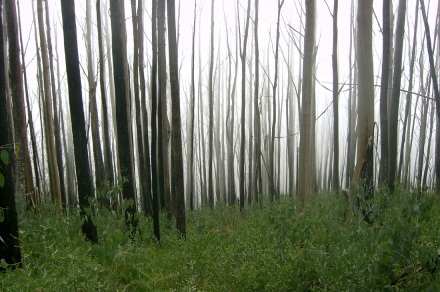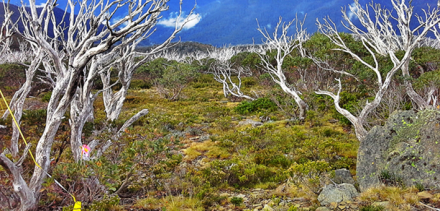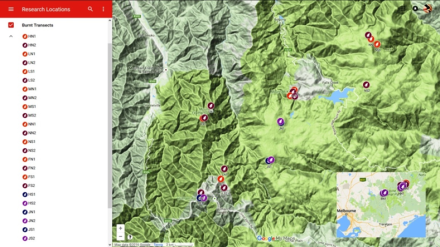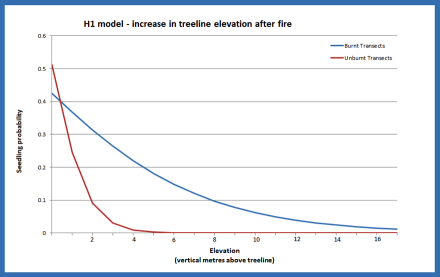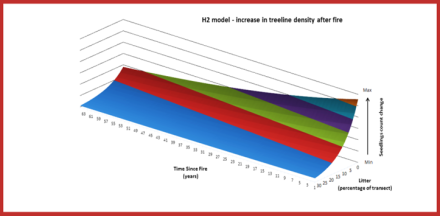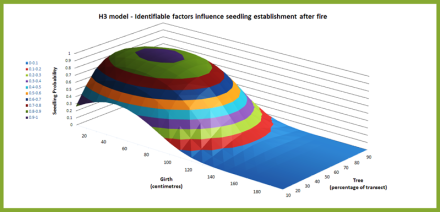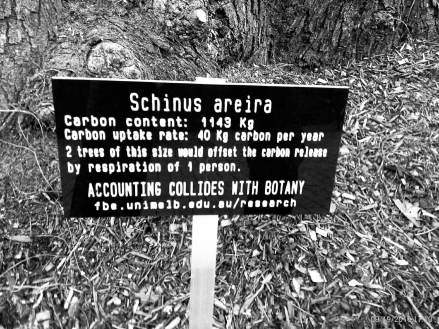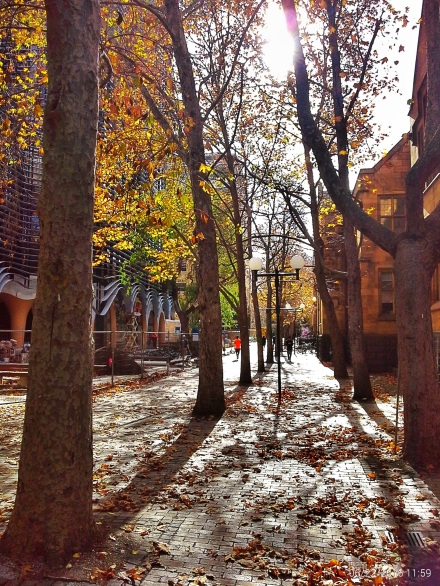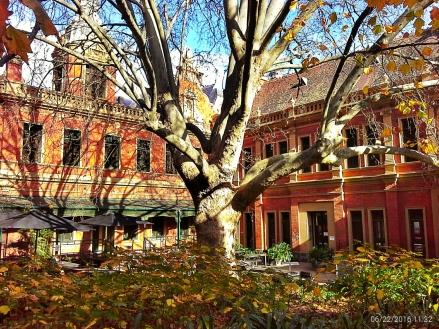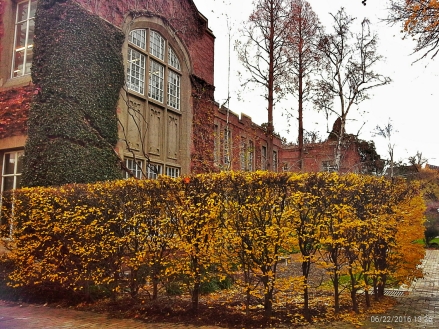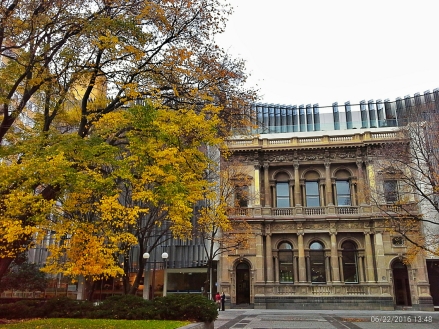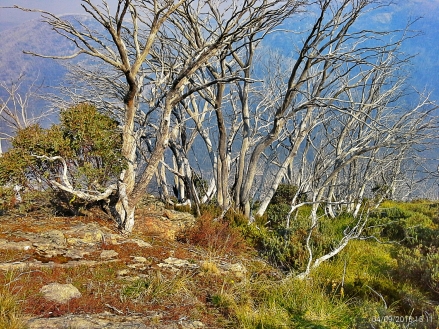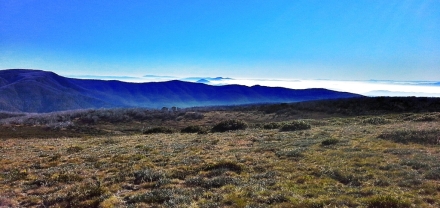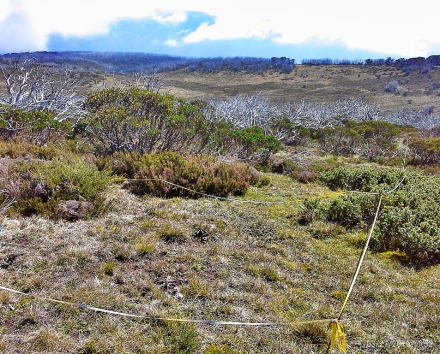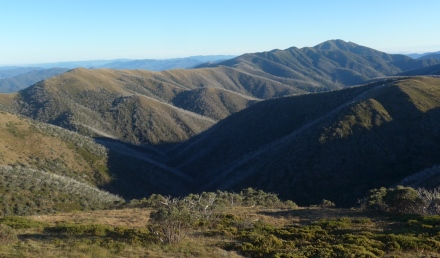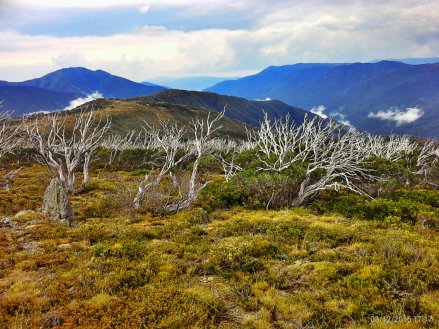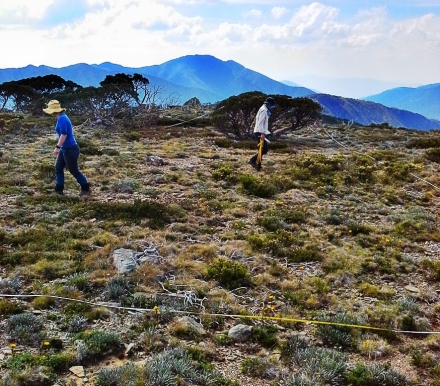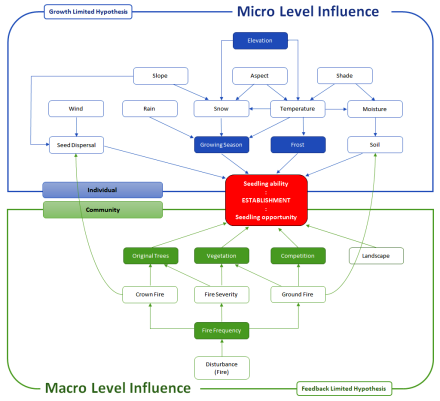
The results of this research suggest that macro level influences are predominantly responsible for seedling establishment at the Victorian treeline following wildfire rather than micro level influences. The level of competition, the age and density of the trees, and low levels of litter are all significant factors that promote seedling recruitment and numbers. This finding supports field evidence gathered that suggests Eucalyptus pauciflora is not particularly physiologically limited at the treeline.
Treelines that are controlled by climatic influences such as low temperatures and shortened growing seasons have generally been shown to harbour trees that are much shorter than at slightly lower elevations. Pinis cembra have registered heights decreased by 40% over the last 100m to the treeline, whilst it is suggested that trees growing at their climatic limit should not be able to grow much taller than 2-3m. Some transects surveyed in this research did in fact exhibit trees with krumholtz-like characteristics, however many also comprised much larger trees. This vast tree height difference between transects implies that micro level influences are not especially responsible for tree growth at the Victorian treeline.
Furthermore, research of treelines in the Kosciusko National Park in New South Wales concluded that there was no decrease in tree survival in artificially planted seedlings above the treeline. Saplings planted 200m above the treeline reached reproductive maturity suggesting that tolerance limits of Eucalyptus pauciflora extend beyond the current treeline. My research supports these findings, with seedlings found persisting in quadrats well above the treeline over ten years post wildfire.
My research suggests that seedling establishment is occurring above the treeline, however probability of occurrence and overall numbers are limited. Therefore, rapid treeline movement is not predicted at the Victorian treeline after infrequent wildfire. Eucalyptus pauciflora is regarded as having poor seed dispersal mechanisms that affects the distance from the tree that seedlings can germinate. Studies at Mt. Hotham showed that encroachment past the treeline was confined to areas of less than 5m from trees, and within overhanging tree cover.
Additionally, studies after the 2003 alpine fires in Kosciuszko National Park concluded that poor uphill seed dispersal was the reason why very few seedlings were located past the treeline, despite an abundance of seed at, and below the treeline. Results from my research support the theory that Eucalyptus pauciflora has particularly poor uphill seed dispersion as demonstrated by the low seedling probability predictions for elevations above the treeline.
However, model probabilities were determined by including seedlings that were located significant distances above the treeline that were quite obviously a direct result of being close to outpost trees located adjacent to the transect boundary. This suggests that seedling establishment probabilities are even more tightly coupled to the distance from trees than the model may otherwise imply. This is not to say the model probabilities are incorrect, instead it must be recognised that the predicted probabilities are also influenced across their entire elevational range by outpost trees.
One theory of how Australian treelines may significantly increase in elevation is if outpost trees above the treeline can mature into stands from which downslope backfilling may occur. My research suggests that increased seedling establishment probabilities are associated with distance from the treeline (or trees), coupled with the time since last wildfire. As outlined above, outpost trees have already been associated with seedling establishment high above the treeline. It can therefore be envisaged that future fires that stimulate additional seedlings may encourage backfilling from these stands, resulting in a repositioning of future treelines.
Previous population age structure investigations of stands of Eucalyptus pauciflora has revealed that three large recruitments over the last 100 years had affected the woodland density structure. At least two of these pulses were suggested to be due to fire, which resulted in conversion of open woodland ecotones into dense mallee-like regrowth. The result of my research also proposes that fire enables a landscape conducive for increased seedling numbers in the sub alpine zone. However, this can only be facilitated in conjunction with the enabling factors of low competition and litter.
Recent studies of sub alpine Eucalyptus pauciflora at Mt. Buffalo have also associated a trend towards increased tree densities with increased fire frequencies. The study demonstrated that open forest structures were slowly being replaced by a crowded stand structure which was being driven by persistent fire. The models created by my research supports this premise, demonstrating that more frequent fires (for example, 20 year recurrence) would significantly increase the number of seedlings, leading to increased density and consequently probable forest structure change.
My research identifies litter and competition as the two main factors driving changes at the treeline after a fire disturbance. The effect of plant litter on seedling germination has been shown to have an overall negative effect on seedling establishment. This effect has also been reported in Australian alpine areas where leaf litter from trees and shrubs shaded and smothered the growth of seedlings. The models created in my research substantiate these findings by identifying that larger amounts of litter lead to reduced seedling probabilities.
Competition is acknowledged as a driving influence in shaping plant communities. Various studies have shown that seedling establishment near treelines may be dependent on the level of surrounding competition. Studies have shown that minimum separation distances between tussock grasses and seedlings were required for Eucalyptus pauciflora to flourish, with resource competition driving seedling mortality.
The field surveys I conducted showed that few seedlings were found in quadrats dominated by single elements, such as dense shrub or grass. The models created in my research recognise locations that display the greatest heterogeneity positively influence seedling establishment. My research therefore identifies alpine landscapes that display high levels of ecotone evenness allow for greatest seedling establishment.
